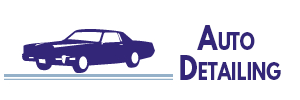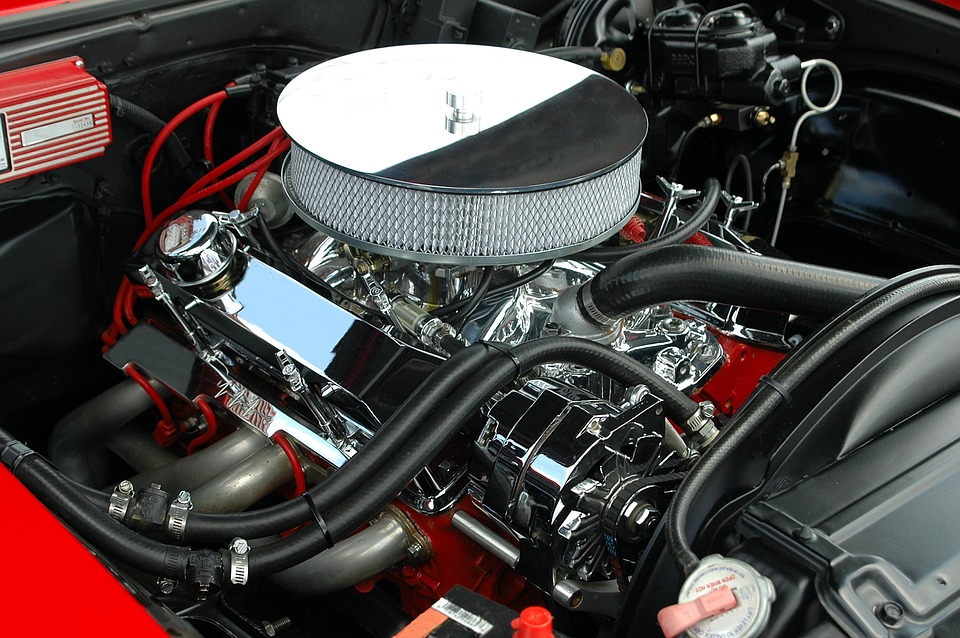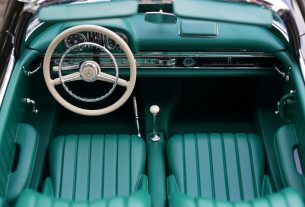Introduction
Minor scratches on a car make your vehicle appear jaded but efficient car buffing strategies can later see your satisfaction come back to showroom condition. The selection of high-quality cutting compounds and polishes is required but to choose the best polishing material on the market will be a crucial aspect of starting repairs on minor or major car imperfections.
A buffer is one of the most important materials for auto detailers. Buffers are used to remove scratches, polish metal and get the perfect wax finish on your vehicle. Aside from getting the right materials, knowing the proper way is also needed because the inexperienced user can destroy instead of restoring the vehicle.
High-Speed Buffer
A high-speed buffer is available in many configurations. First, you will have to select between electrically and pneumatically powered devices. The electrically powered device can be used by plugging into a wall socket however they need maintenance and the weight is heavy. Pneumatically powered buffers, on the other hand, are lighter and need lesser maintenance but require great compressed air source if multiple units are utilized in the same compressor. Insufficient compressor strength will slow down the buffer and reduces its torque.
The recommended unit will have important characteristics:
(1) Speed limiter that allows you to set the maximum speed at which the machine will turn, despite the style of the backing plate that comes within the machine
(2) Trigger-regulated variable speed—the farther you push, the faster the machine goes.
The Buffing Pad
Buffing pads come in different sizes, various surface configurations, and compositions. The most common pad used is 7 ½ inches. The bigger sizes cause swirl marks and damage since the outer surface is spinning fast. The smallest pads also lack cutting ability because they can’t produce as much heat as the bigger pads. To have the right buffer pad, you can experiment using different pads to know which one suits you best.
Wool Pads
The initial collapse is between the foam and wool pads, wool pads are considered “cutting” in nature. Fibers of the wool pad cut into the paint getting rid of the top layers of paint faster than foam pads. There are types of wool pads. The four-ply or white wool is the most saleable however it should not be used on newer coat finishes. The blended pad combines synthetic and natural fibers. The finishing wool pad is composed of authentic lamb wool and polyester fiber. Natural finishing wool, although costly, is recommended because it has a natural oil that lubricates the buffing process keeping the pads soft.
Foam Pads
Foam pads are used for light compounding and polishing. They don’t cut nearly as much as wool pads but they generate more heat than the other. Foam pads are prepared for final polishing of the paint finish to get rid of the minor damage leftover. Foam pads come in several types but the main class involves the size of the foam holes and the configuration. The closed-cell pad has small holes and open-cell has bigger holes. The latter is more utilized than the former during the first phase while closed-cell pads are perfect for the polishing.
Choose the Right Pads
When looking for pads, do not be deceived by the way they look because there is no standardization among sellers; the appearance of the pad should not be the indication of its quality. Read the label first and ask the distributor about the uses and properties of the pads you need.
Paint Evaluation Materials
It is important in any detailer’s kit to have evaluation equipment to allow you to verify the condition of the paint beyond what you can see at the surface. Visual inspection is the first process of understanding paint job requirements. Visually inspect the vehicle under fluorescent lighting and bright sunshine. Touch also the surface to feel roughness from fallout, contaminants or spray.
Lighter magnifier allows you to see the lighted portion of the paint surface at 30x. Photo Loupe is a cheap tool that will help you also thoroughly in the outer inspection. Paint thickness can be quantified using devices designed for it. Some devices are simple non-powered gauges and others are expensive electronic meters. Gloss meters are also available to determine the distinctive image gloss. These are simple sheets of paper with scales of black lines that hold you up to the paint polish. Another device is the heat gauge that checks the surface temperature to prevent burning the paint as you do the job.





